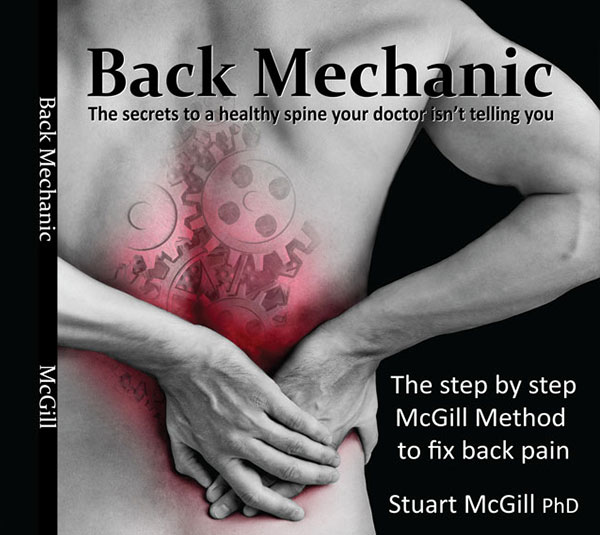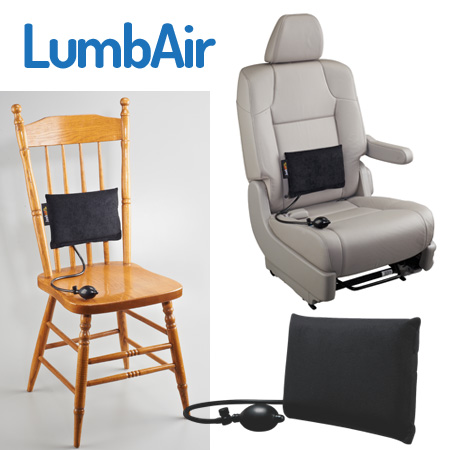11 Jul Finding the Balance: A Catch-Up with Dr. Stuart McGill (Part 1)
Article Rundown
- Dr. McGill hit 104 mph on a sled while applying core principles of stability and control.
- He shares how movement, not just rest, is key to longevity and spinal health.
- Brian and Stu discuss the rise in back and knee injuries from pickleball.
- Real-world experiences tie directly into McGill’s lifelong work on the spine.
A Reunion in Florida
I had the chance to catch up with my good friend and mentor, Dr. Stuart McGill, in another sit-down conversation—this time covering everything from outdoor adventures and rehab insights to a surprising spike in pickleball-related injuries. As always, time with Stu brings a unique blend of wisdom, wit, and a reminder of how movement principles apply well beyond the gym.
Stu had just returned from a trip through the States, including a stop here in Florida, and was settling back into life up north. We opened the chat casually, talking about local bands and travel, and he even joked about going to see Lynyrd Skynyrd in Ontario.
Pickleball, Firewood, and the Philosophy of Movement
We got into a fun back-and-forth about his recent attempt at pickleball, which he tried while in the States. Stu said it was mostly something he did with his wife while away from his usual tools, clinic, or sleds. His take? If he’s going to be bending over that much, he’d rather split firewood. But the takeaway wasn’t just about the sport—it was about his daily movement philosophy:
“You have to do something every day. I certainly don’t want to rust out—but I don’t want to wear out either.”
That idea of balancing work and recovery, movement and rest, is at the core of everything Stu has taught throughout his career—and it’s something I try to pass on to every lifter and athlete I work with. Whether it’s rehab, training, or just aging well, longevity is all about finding that sweet spot.
Sledding Crash That Left a Mark
From there, we pivoted to something more intense: sledding. Stu’s been a longtime fan of winter sledding—not for recreation, but for both physical challenge and mental clarity. He told me that this past winter, at the oldest he’s ever been, he hit his highest top speed yet: 168 kilometers per hour, which is about 104 mph. That’s an insane pace, especially when you’re sitting down, steering on ice and snow.
He described the technique needed to reach that kind of velocity—locking the saddle in with the knees, lowering himself down behind the windscreen, finding just the right snow conditions to balance traction and friction. Too much powder slows you down. Too little, and you’re skating on unstable ice.
As we talked, he casually mentioned an accident from two years ago where he hit a rock while pushing nearly 100 km/h. The result? A compression fracture at T9–T10 that lingered for over 18 months. Even now, if he pushes into spinal extension, he can still feel it.
“That’s what stupidity gets you,” he said, half-joking, half-teaching.
It was classic McGill—pushing the limits to understand the edge, learning from it, and turning it into a lesson that others can benefit from.
Spinal Stability in Action—Beyond the Clinic
What struck me most is how seamlessly Stu applies spine mechanics to everything he does—even sledding. As he explained how he hits top speed, he used terms like “traction,” “stability,” “windage,” and “dynamic friction”—all concepts that directly parallel his work on human movement and spinal health.
That’s what makes Stu’s perspective so unique. He’s not talking theory—he’s lived it. He’s taken the same principles that help someone recover from a disc injury and used them to squeeze out an extra few km/h on a sled. Everything he teaches has a real-world anchor.
The Rise of Pickleball Injuries—and the Cost of Skipping the Basics
Before we wrapped up, I brought up something I’ve seen more and more in recent years: a sharp uptick in injuries from pickleball. Starting around 2023, I began seeing more clients come in with tweaked knees, aggravated backs, and nagging issues from what looks like a harmless backyard game.
The comparison to CrossFit came up—both are group-oriented, easy to get hooked on, and highly competitive. You don’t need much equipment, and that’s part of the appeal. But like any activity that ramps up too quickly without the right foundation, it carries risk, especially for people who jump into the game without preparing their body for the demands of rapid direction changes, rotational forces, and repetitive loading.
It was great to hear Stu’s thoughts on this, too, especially as someone who’s always looking for the patterns that lead to injury and how to avoid them.
Watch the Full Episode
This conversation was just the beginning. In part one, we covered everything from daily movement principles to pushing the envelope on a sled and the surprising rise in spinal injuries from modern recreation trends. But there’s a lot more to come in the next part of our discussion, where we’ll dive deeper into training, assessment, and long-term performance strategies.











Sorry, the comment form is closed at this time.